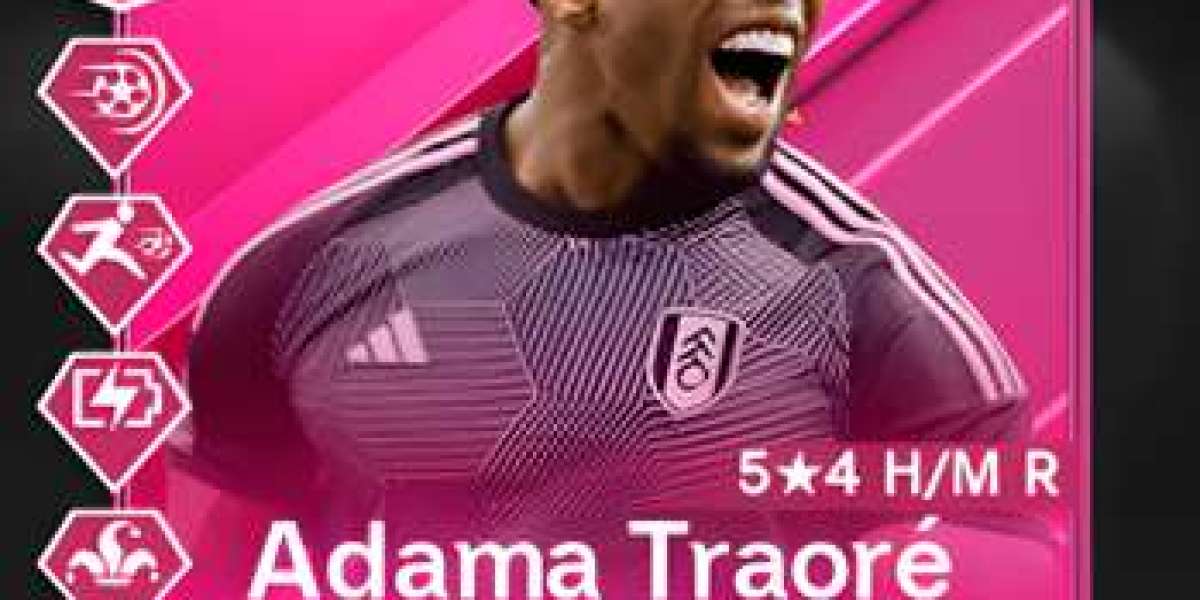From schoolyards and community parks to stadiums and training centers, sports nets are everywhere. Yet, one question continues to challenge buyers, coaches, and sports facility managers alike: How do you choose the right sports net? The answer isn’t as simple as it seems. Each sport has its own requirements, and factors such as durability, material, size, safety, and cost all come into play.
In this guide, we’ll explore everything you need to know to identify the right sports net—one that meets the specific demands of your sport, your location, and your level of play.
1. Why the Right Net Makes All the Difference
Nets are an essential part of many sports. In some cases, they define the gameplay, like in tennis or volleyball. In others, they catch goals, protect people, divide space, or support training.
Choosing the right sports net ensures:
Better performance and accuracy during games or practice
Increased safety for players, fans, and bystanders
Longer durability, saving money on replacements
Compliance with official regulations, especially for competitive play
Making the right choice up front prevents frustration and adds long-term value to your sporting environment.
2. Different Sports, Different Nets
The first step is identifying the specific type of net your sport requires. Here’s a breakdown of common sports and the net types they use:
Football / Soccer
Net type: Goal net
Key features: Large mesh size, deep design, shock absorption
Tip: Look for weather-resistant, UV-protected materials for outdoor use.
Tennis
Net type: Center net
Key features: Height of 3 feet at center, cable tension, regulation length (33-42 feet)
Tip: Choose a net with a durable top band to handle repeated ball hits and tensioning.
Basketball
Net type: Hoop net
Key features: Nylon or chain, attached to the rim
Tip: Indoor courts usually prefer nylon; outdoor courts might opt for anti-rust metal chains.
Cricket
Net type: Practice or cage nets
Key features: Small mesh, high-impact strength, enclosing structure
Tip: Knotless nets offer smoother ball return and better safety.
Golf
Net type: Practice catch net
Key features: Very small mesh, strong enough to handle high-speed golf balls
Tip: Go for layered designs if you're practicing full swings frequently.
Each sport has a unique set of criteria. Understanding those specifics will lead you directly to the right net.
3. Choosing the Right Material
The material of a sports net impacts its strength, flexibility, weather resistance, and lifespan. Here's what you should know:
Nylon
Pros: Strong, flexible, suitable for high-impact sports
Cons: Can weaken under sunlight unless UV-treated
Polyethylene (PE)
Pros: Water-resistant, affordable, good for outdoor sports
Cons: Slightly less durable than nylon under frequent use
Polypropylene
Pros: Lightweight, UV-resistant, suitable for general-purpose nets
Cons: May not handle repeated heavy impacts well
If you're investing in a net for outdoor use or regular practice, always choose UV-protected and weatherproof material. Indoor users can focus more on weight, portability, and flexibility.
4. Mesh Size and Twine Thickness
Mesh size refers to the space between knots in the net. Twine thickness refers to the diameter of the string used. Both influence performance:
| Sport | Recommended Mesh Size | Twine Thickness |
|---|---|---|
| Golf | 15-20 mm | 1.5–2.0 mm |
| Soccer | 100-120 mm | 3.0–4.0 mm |
| Baseball/Cricket | 40-50 mm | 2.5–3.5 mm |
| Tennis/Volleyball | 40-50 mm | 2.0–3.0 mm |
A thicker twine provides higher durability, making it suitable for professional or high-frequency use. A thinner twine might be sufficient for recreational or occasional use.
5. Indoor or Outdoor Use?
The right sports net must match the environment it will be used in.
For Outdoor Use:
Must be weather-resistant (UV, rain, wind)
Look for reinforced edges and corners
Consider nets that can be securely anchored
For Indoor Use:
Lightweight and easy to install or remove
Flame-retardant if required by facility codes
Can use softer materials if exposed to spectators or walls
Choose nets that are specifically rated or tested for your intended conditions.
6. Portability vs. Permanent Installation
Another factor in choosing the right sports net is whether it needs to be portable or permanently installed.
Portable Nets
Easy to assemble and transport
Ideal for home use, school activities, and shared spaces
Often come with foldable frames or carry cases
Permanent Nets
Best for facilities, clubs, or professional fields
Offer greater stability and performance
Usually require mounting hardware or pole systems
The right net should suit your available space and how often it needs to be moved.
7. Safety and Quality Standards
If you're buying nets for official use or public spaces, make sure they meet safety standards:
Break strength rating for impact sports like hockey or baseball
Flame-retardant certifications for indoor installations
Regulation sizing and design for competitive sports
Always buy from trusted manufacturers that provide clear specifications, safety data, and return policies.
8. Maintenance and Longevity Tips
Even the right net will wear out over time. You can extend its life by following basic maintenance practices:
Check for fraying, sagging, or loose knots regularly
Store indoor nets away from moisture
Rinse outdoor nets to remove dirt, salt, or debris
Replace worn hardware (hooks, poles, tension cords) promptly
A well-maintained sports net can last several seasons or more.
Conclusion
Choosing the right sports net isn’t just about measurements or color — it’s about finding the best match for your sport, environment, and level of play. Whether you're coaching a youth team, outfitting a gym, or just having fun in your backyard, the right net ensures better performance, safer play, and longer-lasting gear.
Take the time to understand your needs, compare your options, and invest in quality. The right sports net may be one of the smartest and most underrated pieces of equipment you'll ever buy.



